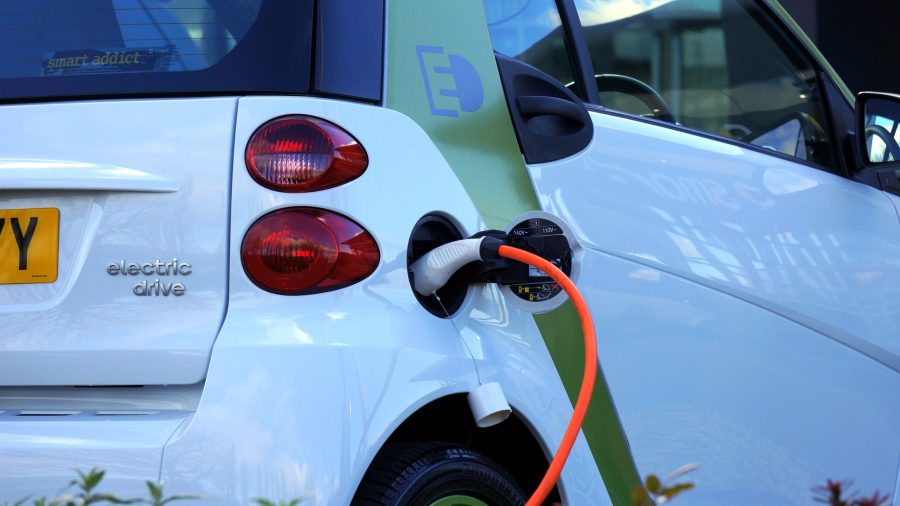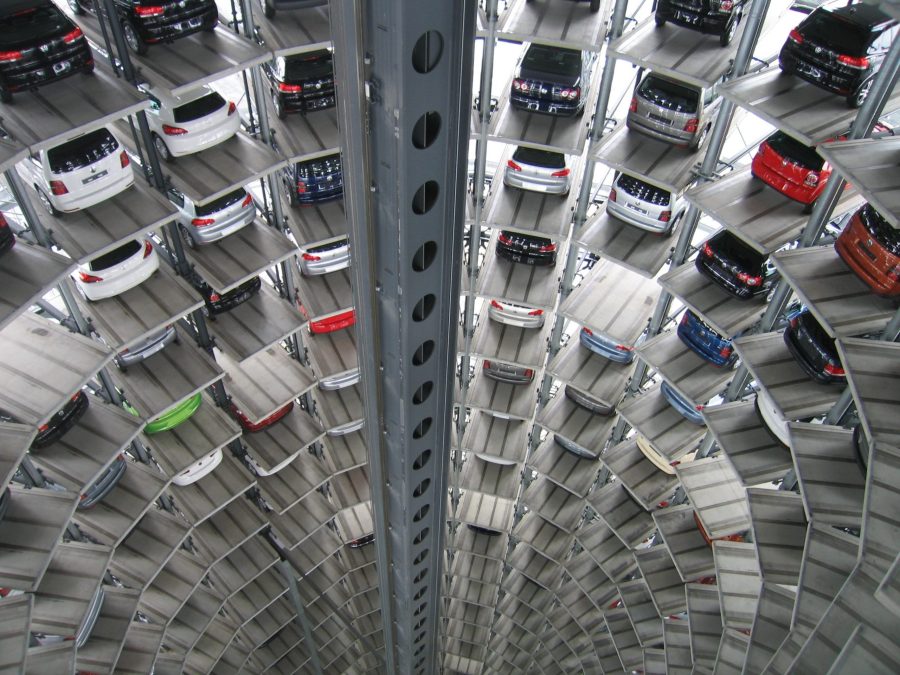The automotive industry has always been a cornerstone of technological innovation, and today, it stands on the precipice of a technological revolution that promises to reshape how we view, interact with, and drive cars. From electric vehicles (EVs) to self-driving cars and connected vehicles, this article delves into the fascinating intersection of cars and cutting-edge technologies that are driving us toward a new era of transportation.
Electric Vehicles: Beyond Fossil Fuels

Electric vehicles (EVs) have emerged as a pioneering force in the automotive world, addressing both environmental concerns and the need for energy efficiency. With advancements in battery technology, EVs are offering longer ranges, shorter charging times, and enhanced overall performance. The shift toward electric mobility is not just about eliminating tailpipe emissions; it's also transforming how we think about fueling, maintenance, and the entire driving experience.
Autonomous Driving: Navigating a New Reality
The concept of self-driving cars has shifted from science fiction to reality, thanks to advancements in artificial intelligence, sensors, and computer vision. Autonomous vehicles are being tested on roads worldwide, promising increased safety, reduced traffic congestion, and enhanced accessibility for people with disabilities. However, challenges remain, from regulatory hurdles to perfecting the technology's ability to handle complex real-world scenarios.
Connected Vehicles: A Network on Wheels
The integration of vehicles into the Internet of Things (IoT) has given birth to connected cars, which can communicate with each other, traffic infrastructure, and even pedestrians. These smart vehicles can provide real-time traffic updates, predict maintenance needs, and enhance safety through features like collision avoidance systems. The data collected by connected vehicles can also contribute to urban planning and traffic management.
Augmented Reality in the Cockpit
The traditional car dashboard is evolving into a digital cockpit with the integration of augmented reality (AR) technology. AR displays can overlay information directly onto the windshield, providing drivers with navigational cues, speed limits, and hazard alerts without requiring them to take their eyes off the road. This technology enhances situational awareness and creates a more intuitive driving experience.
Environmental Sustainability and Green Technologies
Beyond EVs, the automotive industry is embracing various green technologies to reduce its environmental footprint. Hydrogen fuel cell vehicles, which emit only water vapor as a byproduct, are being developed as an alternative to traditional combustion engines. Additionally, lightweight materials, such as carbon fiber and aluminum, are being used to make vehicles more fuel-efficient without compromising safety.
Challenges and Considerations
While the convergence of cars and new technologies promises exciting prospects, there are challenges to address. Concerns about data privacy and cybersecurity in connected vehicles must be carefully managed. The transition to EVs requires an expanded charging infrastructure and the development of sustainable battery recycling methods. And with self-driving cars, ethical questions arise regarding decision-making in potential accident scenarios.
Conclusion
The automotive industry is at the cusp of a transformative journey, where innovation in technology is driving the evolution of cars themselves. From electric vehicles to autonomous driving and augmented reality, these advancements are not only changing how we drive but also shaping the future of transportation. As the industry continues to embrace new technologies, it must navigate challenges and seize opportunities to create a safer, more sustainable, and connected driving experience for all.


